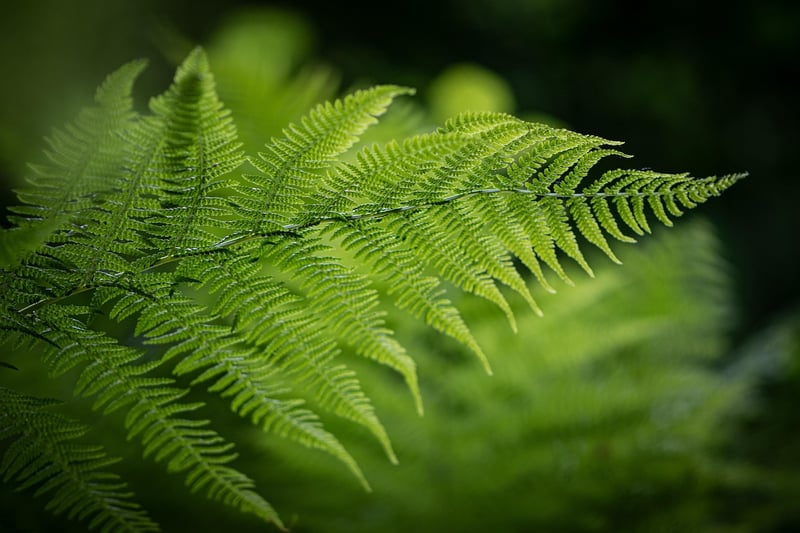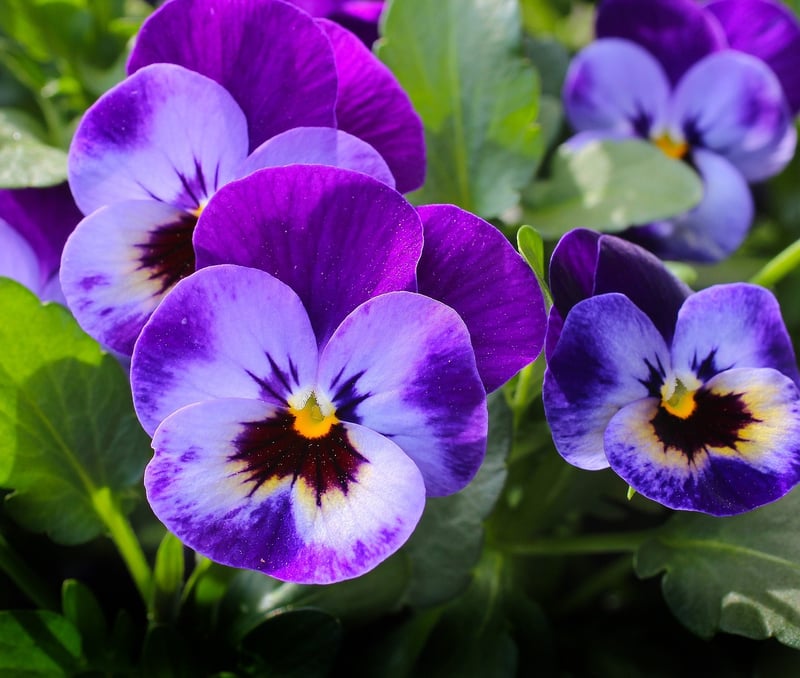Flowering Plants
Exploring Different Plants
Introduction to Plants
Plants are essential living organisms that play a vital role in maintaining ecological balance on our planet. They come in various shapes, sizes, and types, each with unique characteristics and functions. Let's delve into the fascinating world of plants and explore their diversity.
Types of Plants
1. Flowering Plants (Angiosperms)
Flowering plants, also known as angiosperms, are the most diverse group of plants on Earth. They produce flowers for sexual reproduction and bear seeds enclosed within a fruit. With over 300,000 species, they dominate the plant kingdom and are crucial for ecosystems and agriculture.

2. Conifers (Gymnosperms)
Conifers are a group of gymnosperms known for their cone-bearing trees and shrubs. These plants have needle-like or scale-like leaves and produce seeds in cones. Examples include pine, spruce, and cedar trees, which are important for their timber and paper production.

3. Ferns (Pteridophytes)
Ferns are non-flowering vascular plants that reproduce through spores. They have distinctive fronds and are commonly found in damp, shady environments. Ferns play a crucial role in soil conservation and are valued for their ornamental beauty.

Benefits of Plants
- Produce oxygen through photosynthesis
- Provide food sources for humans and animals
- Enhance biodiversity and ecosystem stability
- Contribute to climate regulation and carbon sequestration
- Offer medicinal, ornamental, and economic value
Conclusion
Plants are not just green decorations; they are the lifeline of our planet. By understanding and appreciating the diversity of plants, we can work towards preserving and protecting these essential organisms for future generations.
